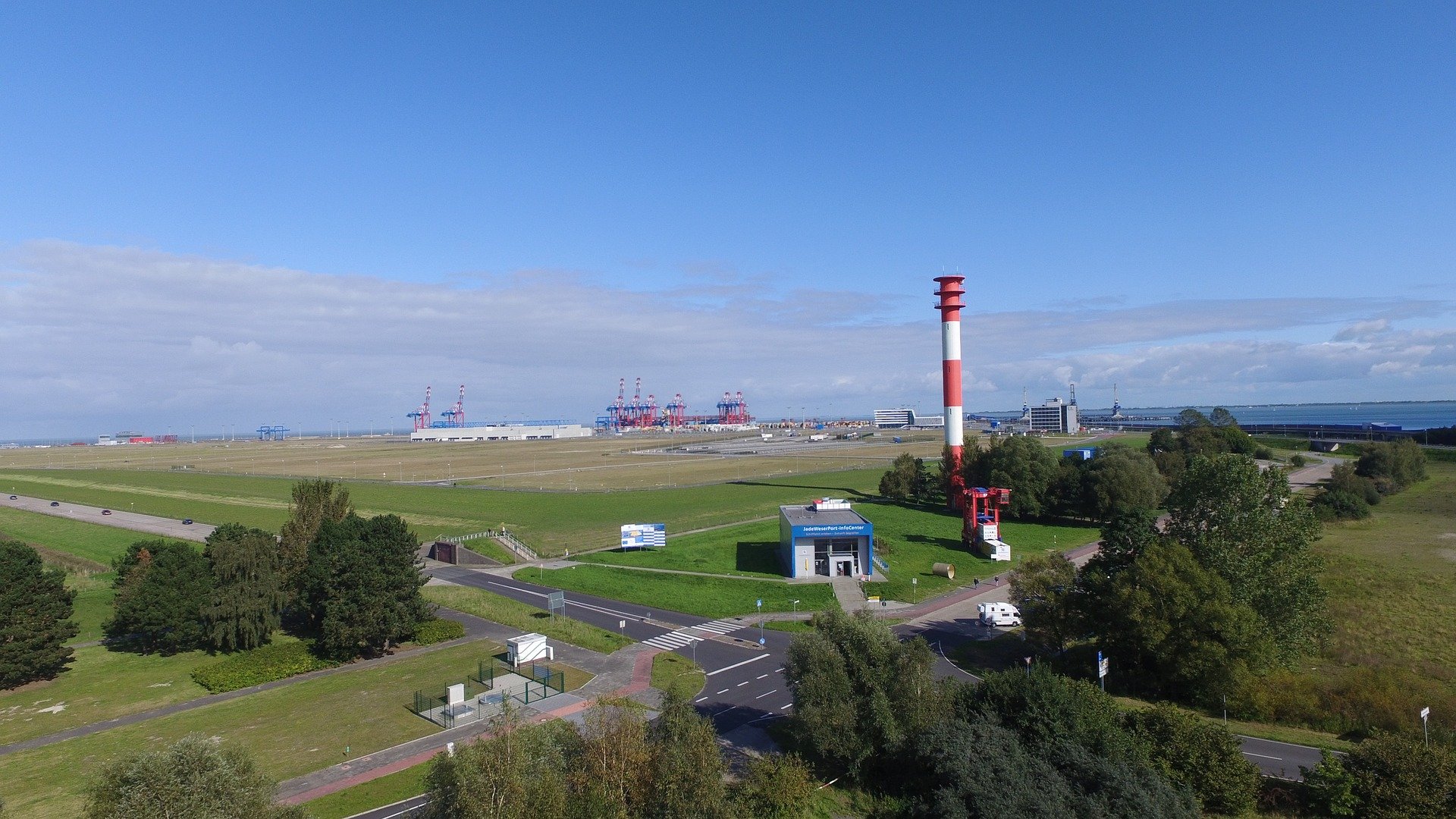
The topic of hydrogen frequently leads to heated discussions. Some people don’t like it because it is expensive and technologically immature. Others hope for major breakthroughs and think it is impossible to become CO₂ neutral without hydrogen.
No wonder the media is full of reports about new technological breakthroughs and plans from politicians and businesses. The past week was no exception in that respect. Among other things, there was a critical report from the Fraunhofer Institute IEE about mixing hydrogen with natural gas. In Lausanne, Switzerland, researchers have discovered a new method of converting green waste (VFG) into hydrogen and carbon that can be used for batteries.
Marcel van Poecke
But the most remarkable news came from the northern German port city of Wilhelmshaven (near Bremen). Several media outlets, among them Welt am Sonntag and NDR, reported on a €2.5 billion investment in a giant hydrogen plant in Wilhelmshaven. The investment is being provided by the Tree Energy Solutions (TES) company, a subsidiary of the Belgium-based AtlasInvest.
The main man behind AtlasInvest is Dutch billionaire Marcel van Poecke, who made his fortune with the sale of the Petroplus oil refinery group. He specializes in energy investments and has excellent connections in the circle of major investors. He is also connected to the Carlyle Group, one of the largest investment companies in the world.
Green power from the Middle East
The basic idea of the project is to use solar panels and wind power to generate green electricity in the Middle East. With that green power, hydrogen is produced and then turned into synthetic methane gas. That methane is then shipped to Wilhelmshaven where it is converted back into hydrogen.
The advantage, writes Welt am Sonntag, is that methane has a much lower density than hydrogen. As a result, about 2.5 times as much can be transported and it requires less cooling. On the other hand, the various conversions cost more money and are accompanied by energy losses.
Four to six supertankers sailing non-stop back and forth between Germany and the Middle East (the port city is not named) are envisaged for the transportation. The plant should be ready in five years. Over time, it should produce enough hydrogen for 10 percent of Germany’s energy demand.
Politics and business are happy
The reactions from politics and the business community were positive. Chair of the port companies John Niemann called it “a great opportunity” for Wilhemshaven and “a breakthrough for the energy transition” in an interview with the NDR broadcasting corporation. He said construction is set to begin in 2023.
TES already has a plant in Wilhelmshaven with 40 employees. In total, the hydrogen plant would provide employment for 1,200 people. The environment minister of Lower Saxony in Germany, Olaf Lies, was equally enthusiastic, hailing it as a “gigantic opportunity for the whole energy transition.” The port of Wilhelmshaven now specializes in the transshipment of oil, coal and raw materials for the chemical industry. A refinery is also located there. Hydrogen would therefore be a welcome addition as the demand for oil and coal is expected to decline.
Hydrogen from banana peels
Marcel van Poecke is known to have high hopes for the import of green energy from countries far beyond Europe, such as South America, Africa or the Middle East. Others are thinking more in terms of local production.
The Swiss Federal Institute of Technology Lausanne (EPFL) has good news where this is concerned. It has developed a new way to rapidly convert banana peels, corn cobs, coconut residues and other bio-waste into hydrogen and biological carbon that can be used as a raw material for batteries or as fertilizer for agriculture and horticulture.

The technique was developed by a team of researchers grouped around Professor Hubert Girault. It involves a new form of pyrolysis in which biomass is heated at a temperature of between 400 and 800 degrees Celsius in a high-pressure chamber.
You can read the press release here.
Xenon lamps
Girault has replaced the heat with xenon flash lamps that can also be used to alter the molecular structure of the bio-waste. It’s just much faster, done within seconds, whereas the heating process can take hours.
It is not done entirely without heating, by the way. According to EPFL, tests are being conducted with different types of bio-waste that are first dried for 24 hours at a temperature of 105 degrees Celsius and then ground down. These granules are then processed in the Xenon flash reactor, leaving hydrogen, carbon, and a small amount of methane. It is a form of “photopyrolysis.”
According to EPFL researcher Bhawna Nagar, one kilogram of VFG waste can be used to produce 100 liters of hydrogen and 330 grams of biocarbon.
Gas pipelines
It’s not all good news on the topic of hydrogen. Some energy suppliers hope to make their gas power plants more climate-friendly by starting with a mix of hydrogen and natural gas. They could also start blending hydrogen into the gas grid for use in domestic households and industry.
The Fraunhofer Institute for Energy Economics and Energy Systems Technology recently conducted research on this and came to the conclusion that it is not a good idea.
All in all, it is a pointless undertaking. Fraunhofer therefore suggests that governments and companies focus on the few sectors that truly cannot become CO₂ neutral without hydrogen. That is the classic list of heavy industry, steel producers, aircraft and seagoing tankers.
Specifically, Fraunhofer ran simulations involving the blending of 20 percent green hydrogen. This would result in an average cost increase of 23.8 percent for European industry and 11.2 percent for domestic households. The percentage varies from one country to the next. Meanwhile, greenhouse gas emissions would fall by only 6 to 7 percent.
Our hydrogen dossier is also interesting.

